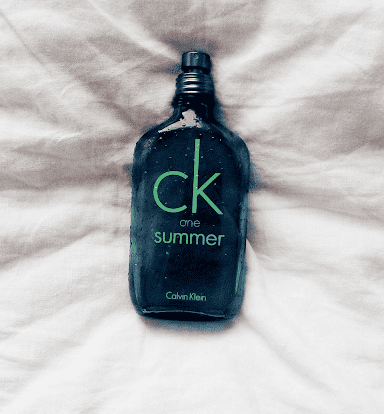
Fashion has always enjoyed a close connection with the fragrance market. Some of the biggest fashion brands on the planet have their own signature scent, while others place as much stock in scents as apparel. It makes sense that these two industries have such an entangled history. After all, the right perfume or cologne can enhance fashion choices, adding a sensory element to on-point looks and designer pieces.
What’s more, consumer confidence in the market has never been healthier. Despite finding ways to curb spending elsewhere, shoppers are still spending money on premium scents, with the biggest players in the industry reporting significant growth in 2023. So how did we get here? Let’s take a look at how fashion houses first made the jump from closet to cosmetics counter.
The First Fashion Designers to Experiment with Scent
The combination of perfume and premium couture might seem like a modern invention, but designers have actually been playing around with scent for more than a century. One of the earliest designers to dabble with perfume was Paul Poiret. He created a sister company to sit alongside his fashion enterprise in 1911, with Rosine perfume quickly becoming a favourite with Parisians and the cosmopolitan elite.
It wasn’t until the 1920s that more familiar big players would burst onto the scene. Coco Chanel is the most obvious example, and was the first fashion designer to express the signature of her brand in scent form. Everything about that first perfume exuded what the brand was about, from the arresting intensity of its scent profile to the timeless elegance of the bottle.
Perfumes became far more accessible in the decades that followed, both economically and logistically. What was once seen as a luxe product for the upper middle class was now an affordable option for everyday consumers. Meanwhile, an increasingly globalised world meant that the fashion and scents of Europe could be accessed by consumers in places like North America.
Success Stories
The 1970s was a boom time for the perfume market. However, some brands faced a tougher time than others. Luxury fashion house Yves Saint Laurent might have been celebrated in Europe, but the name alone made it a hard sell in other parts of the world. When the brand decided to experiment with perfume for the first time, it became obvious that they would have to go the extra mile to secure a slice of the market.
Opium by Yves Saint Laurent was unveiled in 1976 and intended to showcase what the brand was all about. A delicate balance of oriental notes, this perfume was marketed as an essential accessory, with plenty of thought going into the bottle and packaging choices. However, it was the name itself that drew the most raised eyebrows. For many, the drug connotations didn’t sit well and it was expected that sales would suffer. Nonetheless, a successful marketing campaign ensures Opium would go down as one of the biggest sellers of the decade. It still remains a firm favourite to this very day,
What Scent Says About a Fashion Brand
While it’s tempting to dismiss the scent collections of brands like Calvin Klein as little more than a further revenue stream for the brand, there’s actually more to it than the bottom line. Many fashion houses have used perfumes and colognes as a way to develop their brand identity. Scents can express a brand in its values in a way that aesthetics alone could never do. No matter which Hollywood star is fronting a campaign or how much money is thrown behind an international commercial, nothing communicates a brand message quite like aromas.


